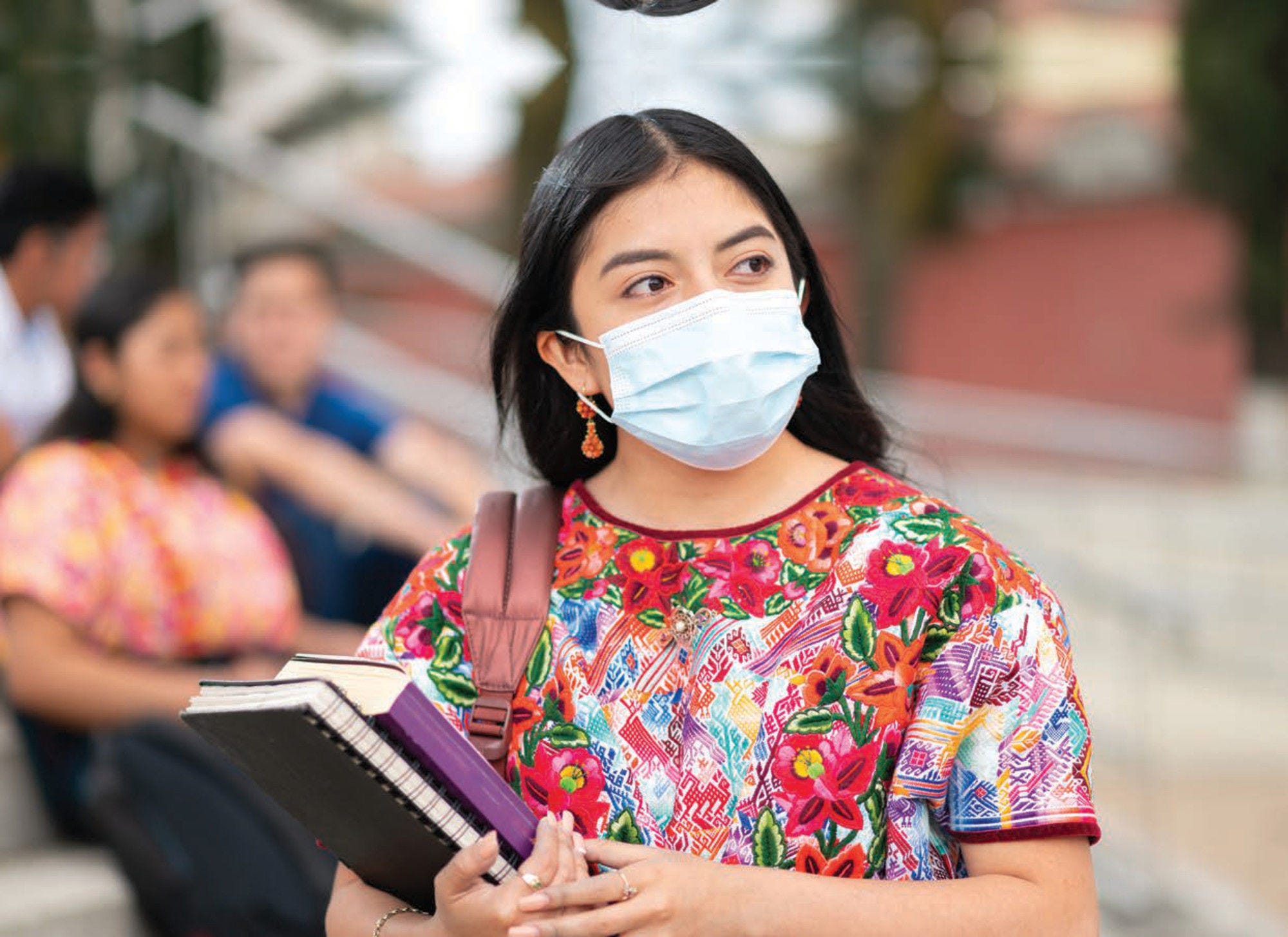Globally in 2021, the total number of new cases of tuberculosis (TB) was estimated at 10.6 million, of which less than 3% are observed in the LAC region. The number of TB deaths was estimated at 1.6 million, with the WHO Region of the Americas experiencing the highest increase of TB deaths between 2015 and 2021 at 31% (WHO, 2022[1]). Most cases of TB are preventable if diagnosed and appropriate treatment is provided. TB was declared a global health emergency by WHO in 1993 and the WHO-co‑ordinated Stop TB Partnership set targets of halving TB prevalence and deaths by 2015, compared with a baseline of 1990. The Sustainable Development Goals foresee the end of the epidemic of tuberculosis by 2030.
The highest incidence rate was seen in Haiti, Peru and Bolivia, with 168, 116, and 105 cases per 100 000 population in 2020, respectively (Figure 3.28). Low incidence rates, below three cases per 100 000 population, were reported in Saint Lucia, Antigua and Barbuda, Jamaica, Barbados, and Grenada.
The highest mortality rates due to TB (excluding HIV) were found in Guyana, Haiti, and Bolivia with over 10 deaths per 100 000 population in 2020. The lowest mortality rates are observed in Jamaica, Cuba, Bahamas, Costa Rica, Barbados, El Salvador, and Saint Vincent and the Grenadines, all below 1 death per 100 000 population (Figure 3.28).
Although the average TB detection rate in the region is generally high (74% of detection of all cases in 2020), there were many undetected cases in Grenada, Bolivia and Haiti, where detection rates were below 50% (Figure 3.29). High-quality TB services have expanded in LAC countries and many cases are treated, with excellent treatment success rates in Saint Vincent and the Grenadines and Saint Kitts and Nevis. In contrast, treatment success rate is the lowest in Grenada with 33%, followed by Argentina with 47%, well below the LAC29 average of 65%.
In general, the LAC region is rising to the challenges presented by TB, with incidence and mortality declining steadily since 1990 despite regional disparities. The average reduction of incidence in the LAC region between 2000 and 2020 was 26%. The strongest decline in this period was observed in Honduras and Bahamas with more than 70% reduction, while in Dominica incidence increased ten‑fold, moving from 4.5 to 47 cases per 100 000 population between 2000 and 2020 (Figure 3.30).
The LAC region still faces important challenges in TB control, including providing services to those in greatest need, especially the poor and vulnerable. The most relevant strategies to develop in LAC countries include the implementation and expansion of early diagnosis with new rapid molecular tests, the epidemiological study of contacts, the use of shortened multi-drug resistance TB treatment regimens, the reduction of funding gaps and the need for greater technical expertise (PAHO, 2018[2]).



